
We know that most students need lots of practice segmenting the sounds of and writing CVC (consonant, vowel, consonant) words. The trick is finding engaging ways for them to practice, so that they want to do it. Our students LOVE to and BEG for the following three CVC activities.
Prior to having students practice writing CVC words, it’s important that they…
- have had lots of practice with oral segmenting (saying each sound in a word without seeing the printed word – “Say sat. Say the sounds in sat.” “s-a-t”). Showing students visual clues like boxes or lines for each sound in a word also helps students segment sounds. You can also have students tap the sounds on their fingers or desk, or push manipulatives (such as cubes, counters, mini erasers, etc.) into boxes as they say each sound.
- know each of the phonemes (letter sounds) and graphemes of the words that they are being asked to write. Students can begin blending and segmenting as soon as they have at least one vowel sound and just a few consonant sounds.
- have had ample modeling and guided practice before they are asked to do it independently. Students need lots of support as they are learning this crucial skill. Practicing whole class or in a small group as they are being supported, will ensure their success doing it independently.
- know what CVC words the pictures are. Go over the pictures with the students prior to the activity.
- have tools (and know how to use them) that students can use to do the independent activities such as a sound wall or sound chart. Sound walls or charts can look different for different purposes (consonant sounds, short vowels, long-vowel patterns, etc.). Most of them include a picture to represent the sound and the letter or letter patterns that represent the sound. Click HERE to see the sound chart and cards we use for consonant sounds and short vowels that corresponds with what we use to teach letter names and sounds.
Once the students are ready to begin practicing writing CVC words independently, these three activities will engage and motivate them to want to to do it.
- Playdough stamping or writing, sensory writing (salt, sprinkles, rice, etc.), shaving cream writing, paint bag writing, gel writing… All of these hands on, sensory activities are very motivating for students. We use plastic pencil boxes that we buy inexpensively at the beginning of the school year to put the playdough or the sensory items in. This helps keep all of the fun materials contained. For the paint bags or gel bags (we use cheap hair gel that we add glitter or confetti to and food coloring or liquid water colors), we double bag them in freezer quart bags and put colorful duct tape around the edges. You can never be too safe when dealing with paint and kids. 🙂 Shaving cream is a lot of fun, and it cleans the desks and makes the classroom smell good too. It also works in the pencil boxes as well. Click HERE to grab a set of CVC Picture Cards your students can use for the above activities. You can have students focus on one vowel sound, a combination of two or three, or all of them.
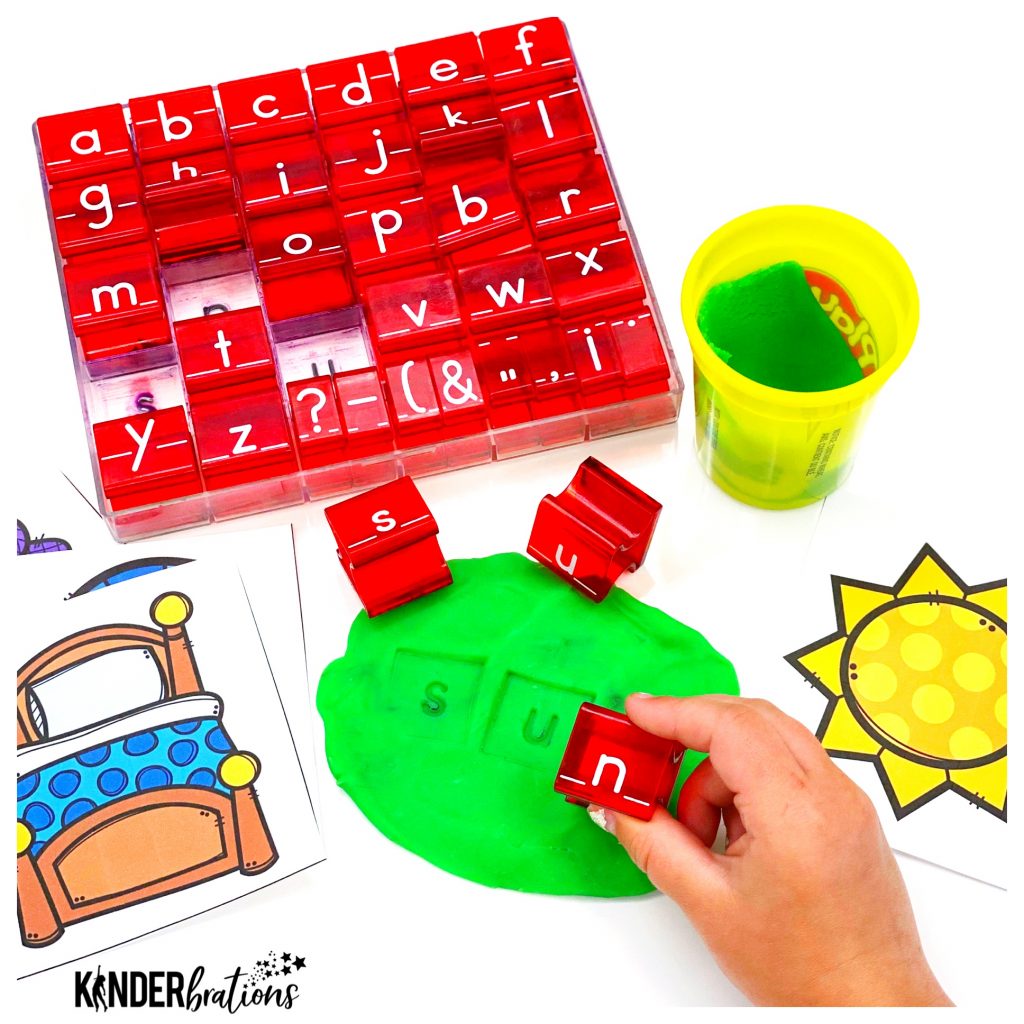
- Give the students a CVC picture (clipart or photos) sheet or CVC picture cards (click HERE to grab a set for FREE) and one of the above sensory items. To scaffold the activity, only give students CVC picture cards with one or two vowels or with just a few different consonants.
- CVC picture cards that begin with continuous consonant sounds (the sound can be held continually: f, l, m, n, s, v, z – some include r and y too).
- Go over the pictures with the students or make sure they are familiar to them.
- Have the students say the CVC picture word, sound out the word, and write each sound they hear in the sensory items or by stamping them out in the playdough.
- Regular stamps that are meant for ink pads work really well. To scaffold the activity, only give students the stamps of the letters they will need.
- If you want your students to record on paper, click HERE for a FREEBIE recording sheet.
2. Word Family Sorts. Students sort CVC pictures by word families and then write each word underneath. This activity gives students practice saying and hearing the sounds in each word when they “read” the picture. The activity is scaffolded since the rime part of the word is already written. Go over the anchor pictures and rime part of the word and the sort pictures with the students or make sure they are familiar to them prior to beginning the activity. Teach the students how to check a sort by comparing the anchor picture to the sort pictures. Click HERE to check out the sorts in our TPT store or HERE to grab a Beginning Sound Sort FREEBIE.
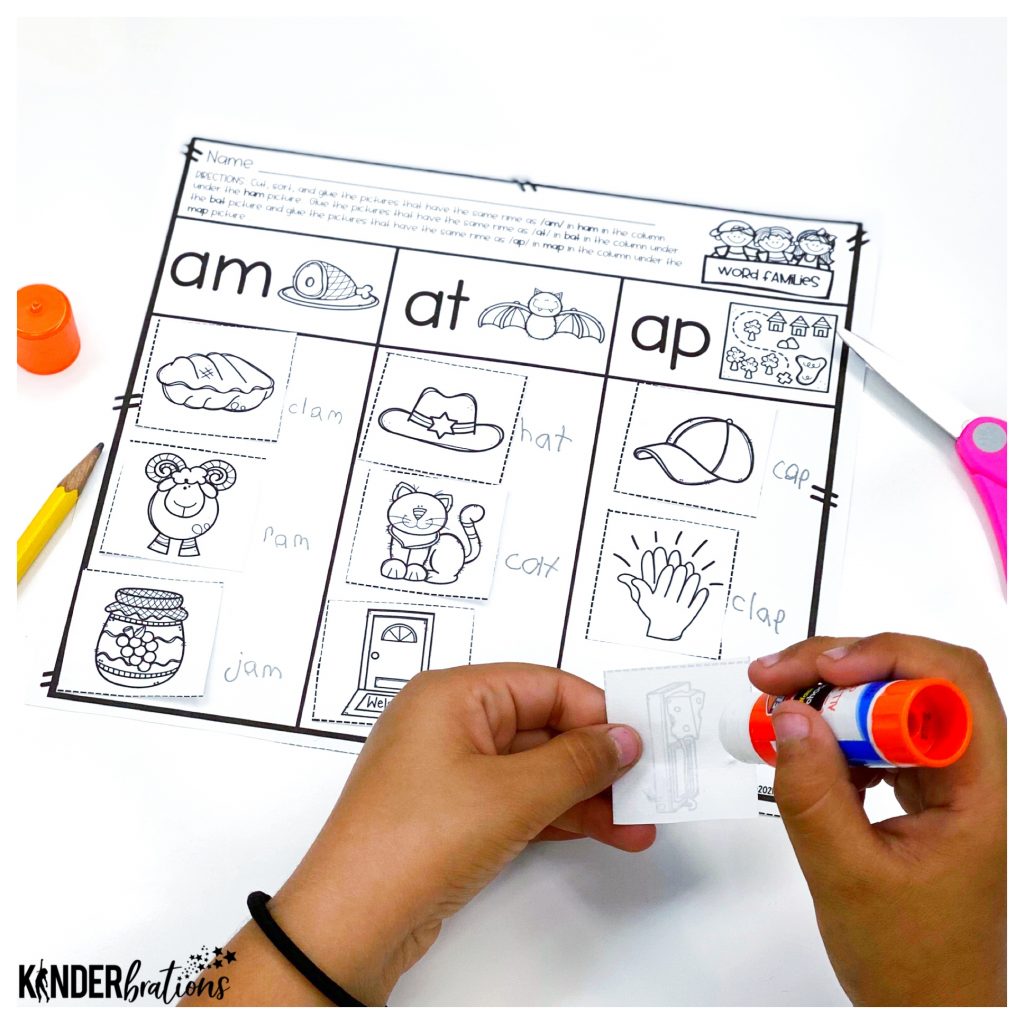
3. CVC Fishing: This is definitely an all time favorite. There are 24 different fish (CVC picture words), and our students always want to catch and write all of them. Click HERE to grab this Fishing for CVC Words FREEBIE.
- To play, students go fishing and catch a fish. (CVC picture). Then, they find the corresponding picture on the recording sheet. They say the picture, segment the sounds, and write the CVC word. To add an extra layer of fun, put the fish in a small kiddie pool. We use a small inflatable one that is easy to store.
- Prior to starting, go over the pictures with the students or make sure they are familiar to them.
- To prep, copy the CVC picture cards on to card stock and laminate. Cut apart the cards and attach paperclips or brads to the cards. Copy the recording sheet. If using all 24 fish, copy the recording sheet back to back.
- There are magnetic fishing poles available for sale from Lakeshore and Amazon. To make the one shown, tie a “donut” magnet to a piece of yarn and tie to an extra large craft stick. You can also glue the magnet directly to a craft stick.
Giving students a chance to practice “sounding out” (segmenting) CVC pictures and writing the sounds, is a critical step in students becoming better readers and writers. Providing opportunities that are engaging, so that they are literally begging to do the activities is a GIANT win for us, the teachers, and for the students. If you have any questions, please comment or email US at [email protected]. Check out some of our CVC Literacy Centers by clicking on the image below. These are hands-on centers that give students lots of practice at both encoding and decoding CVC words.
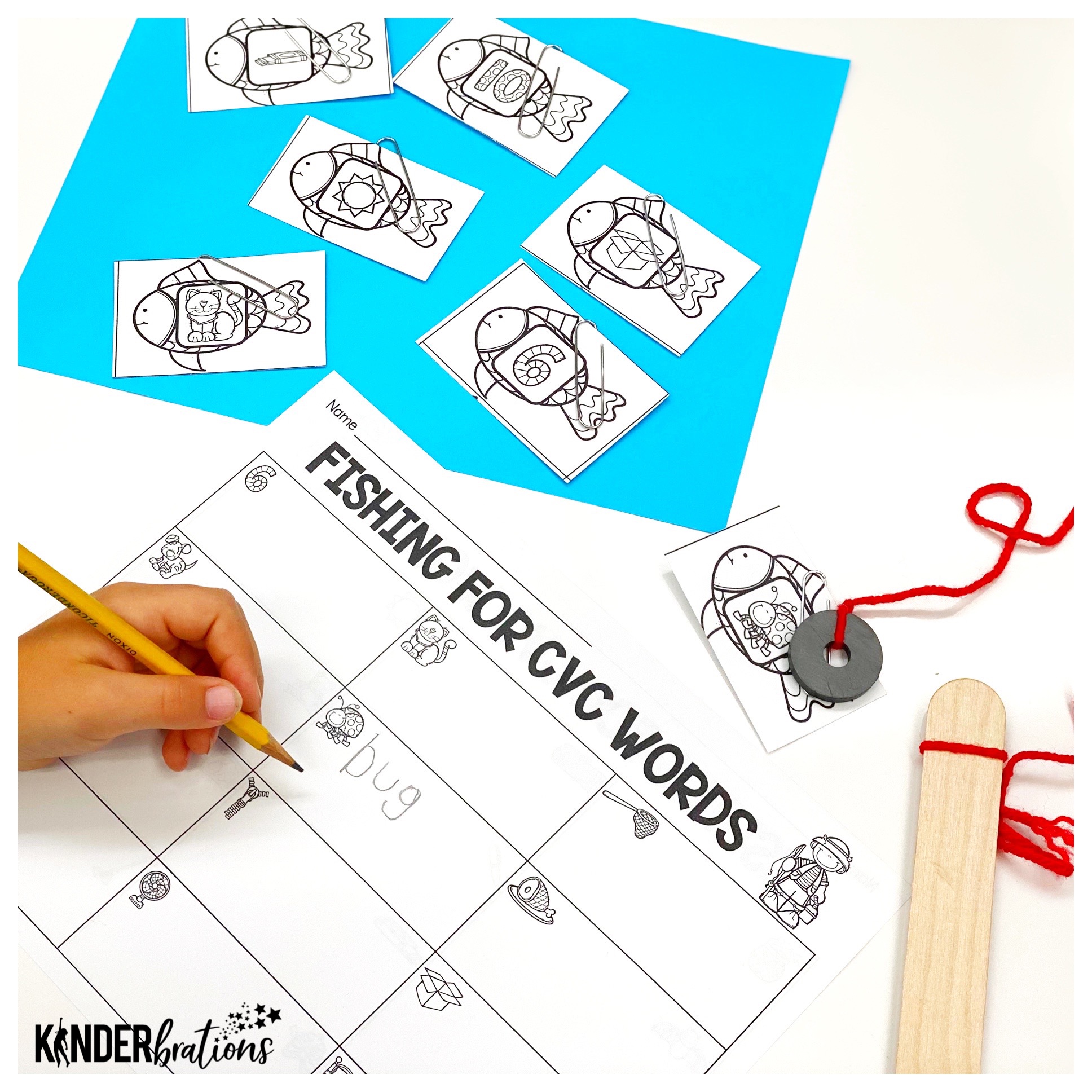
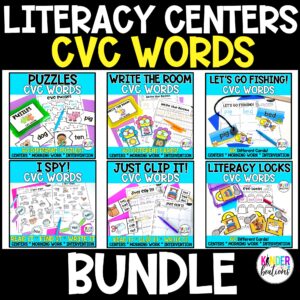
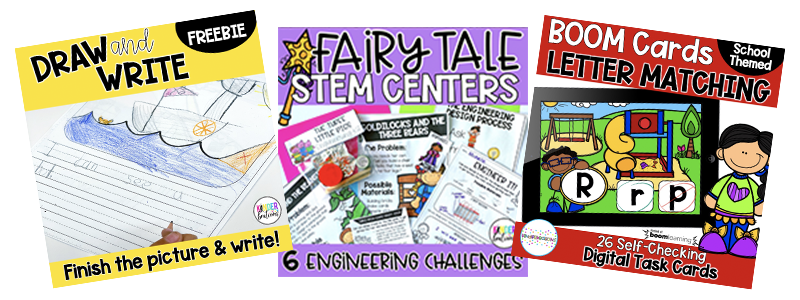
Leave a Reply